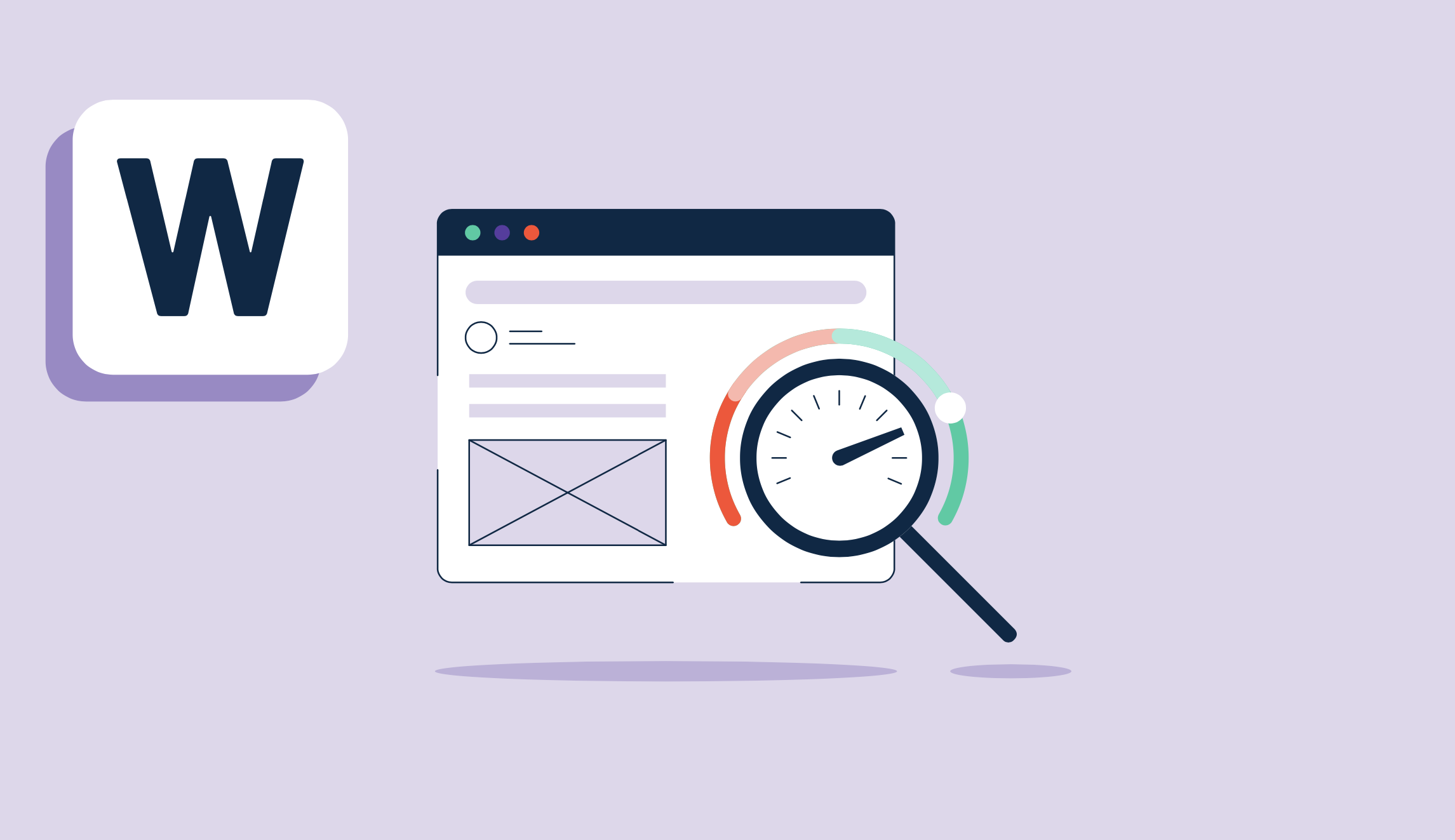What is a website audit?
A website audit is when a company analyzes their website and makes necessary changes to boost traffic and improve the user experience. Different types of website audits allow companies to focus on major website elements and enhance the big picture of their site. Conducting a website audit periodically should be top of mind for companies that rely on their website to attract visitors and turn them into customers.
Some companies utilize search engine optimization (SEO) software to automate a large element of their website audits. SEO software helps companies improve their website’s search result rankings by researching keywords, surveying backlinks, creating optimization metrics reports, identifying technical issues, and monitoring the overall performance and health of the website.
Why are website audits important?
Website audits give companies the insight they need to improve how their website works. A user who has difficulty operating a website or gathering information won’t stick around for long. The right website audit ensures that users stay on the site.
- Measure company performance. If a company depends heavily on its website to create sales, conducting a website audit provides major insights into their overall company performance. These findings allow a company to inspect how much the website contributes to the user experience and what they can do to improve it.
- Identify security vulnerabilities. Making a website look good means nothing if its safety is compromised. Auditing helps find holes in a website’s security so companies can quickly address them before the integrity of the website is threatened.
- Avoid outdated content. Companies that audit their website content often avoid having outdated information on their site. Leaving that information on their website can cause visitors to be confused about what they offer, have expectations that cannot be met anymore, or be unaware of new services.
- Improve overall SEO. Every company wants search engines to like their website. Conducting audits periodically helps companies find ways to make their website more trustworthy, accurate, and popular on search engine results pages (SERP). Audits can help websites adapt to algorithm changes that can affect their rankings.
- Boost conversion rate. A good user experience starts before a company even speaks to the customer. An efficient website is the best way to make a good first impression. Casual visitors who can gather all the necessary information and maneuver through a company’s website easily will be more likely to convert into a customer.
Types of website audits
There are many types of website audits that help companies reap the benefits of these assessments. Most companies conduct multiple audits to optimize their website. While the most popular audits are listed below, there are many more used in specific cases.
- A website health audit reports on the overall condition and performance of a website. A company conducts a website health audit if they notice that the number of site visits have dropped and time on page is decreasing. A health audit focuses on collecting server metrics, reporting on SEO performance, website downtime, and any other general pain points.
- A security audit identifies security vulnerabilities within your website and its infrastructure. This includes looking into the website’s backend, core software, server settings, and extensions. Any discrepancies within the website’s framework can allow those with malicious intent to jeopardize the website’s performance, access sensitive information, and scare customers away.
- A red flag and recovery audit helps companies bounce back after getting hit with a red flag from a search engine. A red flag can result from too many broken links, slow website speed, suspicion of spam, untrustworthy sources, and more. This audit focuses on investigating red flags and adjusting the necessary elements to continue ranking well again.
- A competitive audit focuses on how a company’s website is performing in comparison to its major competitors. This includes looking into competitors’ traffic analytics, use of high volume keywords, backlinks, sources, and general search rankings. This information helps companies identify what they could improve and how website visitors react to different offerings.
- A user experience audit helps companies tackle website elements that turn users away. Conducting this audit ultimately allows for more traffic and better conversion rates because website visitors are seamlessly exploring the site. For this audit, a company analyzes traffic in different website areas, general accessibility, conversion metrics, and most importantly, visitor feedback.
- A conversion optimization audit focuses on how well the website creates leads. A company that sells products directly to the consumer would benefit highly from this type of audit. Conducting this audit includes investigating general website performance, how it performs on search engines, what pages get the most traffic, and where visitors click away from the site. This information helps companies see how well their website converts site visitors into buying customers.
- A content audit analyzes all the content a company populates onto its website. During this audit, a company looks back at their blog posts, landing pages, videos, downloadables, articles, templates, case studies, and all other items in their website’s content library. Analyzing this content and adjusting as necessary ensures that all the information on their website is updated and still holds to their editorial standards.
- A technical SEO audit examines how a website’s technical issues affect its search rankings. It puts the focus on how SEO works as a puzzle piece in the big picture of a website. In this audit, a company analyzes their page redirects, URL structures, loading speed, page titles and descriptions, images, links, files, tags, and more. A website that takes forever to load is off-putting for visitors. A website with spelling errors and broken links loses credibility. This audit helps tackle those errors before they deter a potential customer.
How to do a website audit
Depending on the type of audit a company chooses, this list may look slightly different. However, most audits follow a similar framework to begin the process. These steps will help any company conduct a well-rounded general website audit that identifies overarching issues, areas of growth, and action items.
- Set website criteria. Before auditing anything, a company must first determine what goals they want to achieve for their website. This includes sales goals, design and content standards, security requirements, and overall quality.
- Find a site audit tool. Many companies use external website audit tools to automate the general auditing of their site. These tools give detailed metrics on how the website ranks and recommendations for improving performance. Some popular audit tools are SEMrush, Ahrefs, and Google Analytics.
- Identify technical errors. No matter which type of audit a company chooses, it should address technical issues. This includes replacing outdated information, fixing any broken links or pages, and ensuring there are no pop-ups or security vulnerabilities.
- Note potential SEO improvements. Most companies have a dedicated SEO or site performance team. During the auditing process, that team should identify areas of improvement that will help with search engine rankings. This includes updating page titles or removing content that no longer meets the website criteria.
- Keep user experience in mind. Companies conducting an audit should always imagine how a website visitor would feel as they browse the site. For example, a direct-to-consumer company with a difficult checkout process is not keeping user experience in mind. Making visitors feel more comfortable is as easy as implementing mobile-friendly pages or adding a search function.
- Create action items. Once the audit is complete, the company will have a long list of things to address. At this stage, they can begin dividing the workload and working with internal subject matter experts to create a game plan of action items.
- Determine audit check frequency. Even after the auditing process is complete, companies should not consider the job done. Maintaining a website is an ongoing process – and so is auditing. Companies should develop an audit plan that includes how frequently audits take place.

Alexandra Vazquez
Alexandra Vazquez is a Senior Content Marketing Specialist at G2. She received her Business Administration degree from Florida International University and is a published playwright. Alexandra's expertise lies in writing for the Supply Chain and Commerce personas, with articles focusing on topics such as demand planning, inventory management, consumer behavior, and business forecasting. In her spare time, she enjoys collecting board games, playing karaoke, and watching trashy reality TV.




















